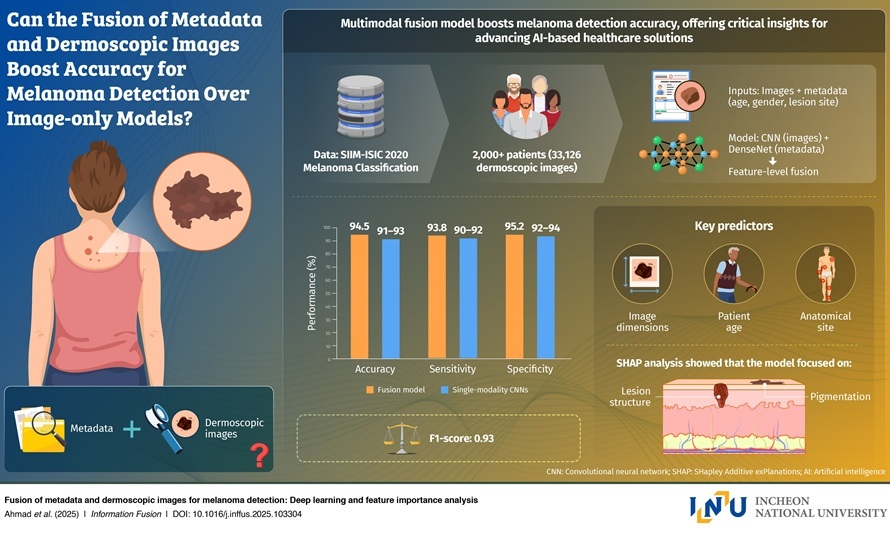Breakthrough Method to Enable Early Risk Stratification of Deadly Blood Cancer
Posted on 04 Dec 2024
Multiple myeloma is an incurable blood cancer, with patients typically surviving an average of eight years after diagnosis. Those with smoldering multiple myeloma experience no symptoms until the disease advances to multiple myeloma. However, there is currently no reliable method in clinical settings to predict which patients will progress to multiple myeloma. Now, new research has demonstrated a novel technique that can accurately predict the likelihood that a patient with smoldering multiple myeloma will develop full-blown multiple myeloma.
In a groundbreaking study, researchers at the University of Manitoba (Winnipeg, Canada) utilized three-dimensional (3D) imaging and microscopy to examine genetic material within a patient's cells, revealing genomic changes and instability. By focusing on the telomeres, the protective ends of chromosomes, the 3D measurement tools developed by the team could determine whether a cell is stable or cancerous, even before symptoms emerge.

To achieve these pioneering results, the researchers employed single-cell nuclear imaging using 3D analysis. They also applied super-resolution imaging to observe cancer-related DNA and the genomic structure at a nanometer scale. This advanced technology holds promise not only for identifying smoldering multiple myeloma progression but also for detecting other types of cancer. The findings, co-published in the American Journal of Hematology, build on previous research identifying thyroid cancer histotypes published last year.
“This breakthrough allows us to risk-stratify smoldering multiple myeloma to identify the subgroup with high risk of progression, which allows for tailored treatments of this risk group,” said Dr. Sabine Mai, UM Canada Research Chair in genomic instability and nuclear architecture in cancer, who led the research team. “Equally important, the published assay [lab procedure] allows us to monitor the larger subgroup of patients with stable smoldering multiple myeloma.”
If we apply the right treatments early enough, the outcome will be the increased progression-free survival of patients — and potentially someday, a cure for myeloma,” added Dr. Mai.















